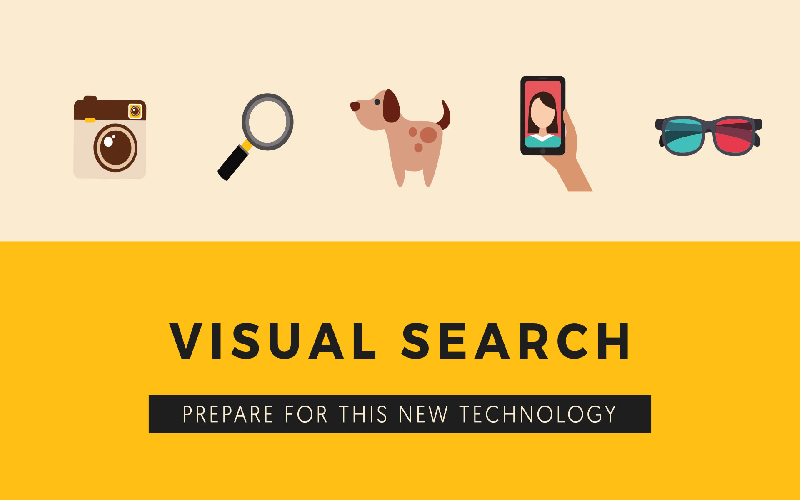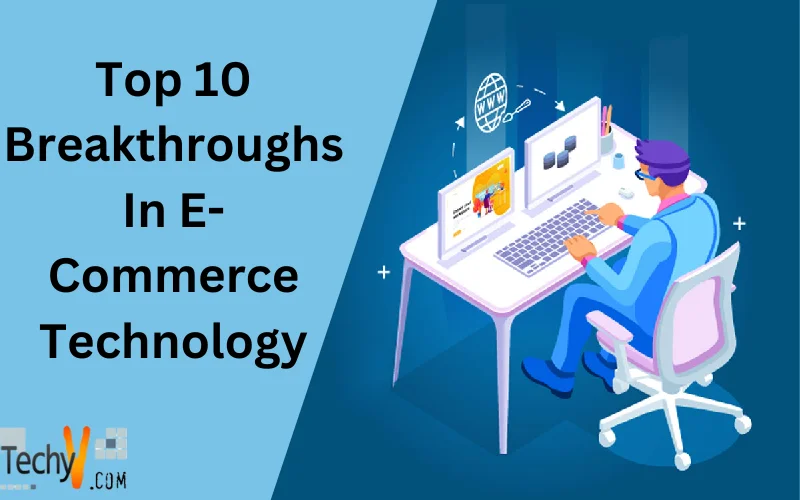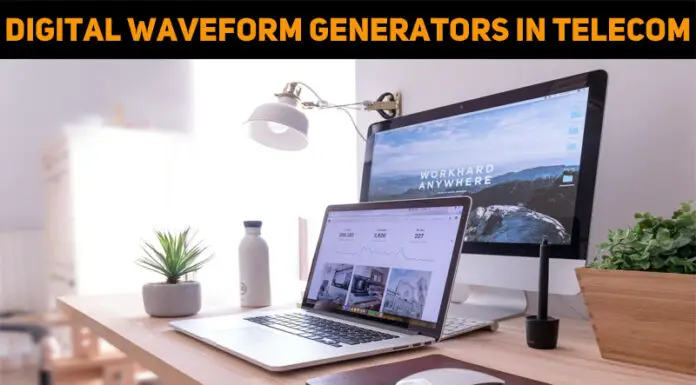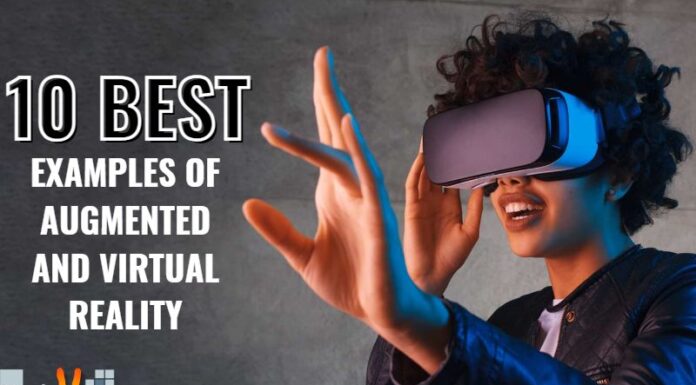We all love shopping, that is when it’s online. This rapid growth in technologies has led to an increase in the market of commerce businesses. But with the start of E-commerce companies such as Amazon, Walmart, Apple, eBay, etc. The e-commerce market has increased a lot. As technology develops it changes business operations and consumer shopping leading to a high impact on online shopping. E-commerce sales in 2021 were around $4 trillion, but that’s not it. It’s expected to grow by about 11.5% annually. But only a few top companies led this market. For that reason, other companies should and have to adapt to digital transformation and invest in E-Commerce technologies to grow their company. So, let’s look at the top 10 breakthroughs in e-commerce technologies.
1. Chatbots And Virtual Assistants
Chatbots and IVA (Intelligent Virtual Assistant) are tools made using machine learning and artificial intelligence. These tools are handy while engaging with customers and reducing engagement costs. While using an e-commerce website, customers can purchase goods at any time, and 24/7 support might not be available in all companies. So, in that case, communication becomes a crucial part as customers may face any emergency or issue while shopping. So, dedicated Chatbots and intelligent virtual assistant integration in website or application assists customers in deciding and providing information about the organization.
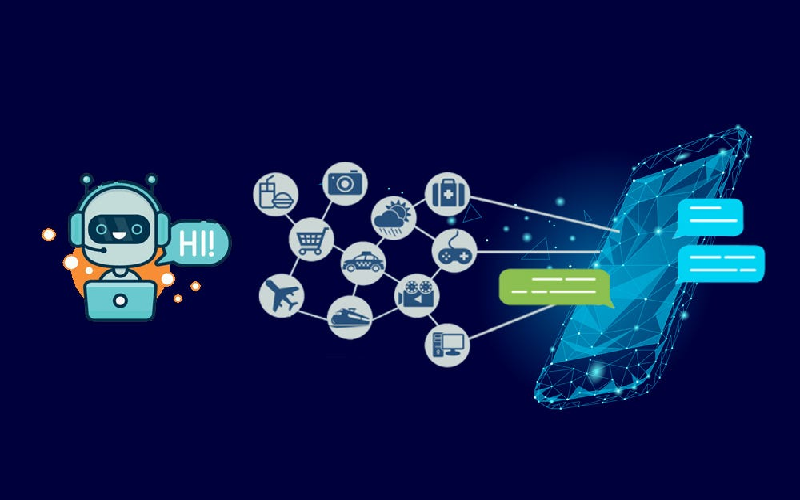
2. Recommendation Systems
Recommendation systems are highly data-driven system which is used by many top companies such as Amazon, Netflix, Hotstar, etc. Approximately 30% of customers are ready to pay more for services that are suggested to them using these recommendation systems. The primary purpose of this recommendation system is to recommend personalized content to users so that they are more engaged while consuming the content. The content could be anything here it could be movies, TV shows, reels, YouTube videos, book lists, shopping items, etc.

3. AI Price Monitoring Tools
Imagine running an online store where you sell t-shirts and apparel. Now, if the t-shirt you are selling is available at some other store at a lesser price, will customers buy it from your store? No, right! So, that’s what AI price monitoring tools help us with. They constantly look into market record changes and notify the brand owner about fluctuations in price. Then, you can evaluate the prices by comparing them with your competitors. You can use automation tools with this tool to automatically change the prices in your online store, or you can manually change or adjust the sales figures.

4. Web Scraping
As the name suggests, Web scraping is a simple process where brands and companies extract information from the internet per their needs and requirements. As we know, data plays a vital role in the overall growth of a company. This extracted data can then be processed and used to analyze the customers needs and requirements, understand and gather feedback, improve products and services, and determine what works and what doesn’t. This data can also be used to understand future trends in the market, choose potential users such as whales that can bring significant amounts of income to the company, and train big data machine learning models to improve the recommendation systems further.

5. Mobile Apps
Mobile Apps have raised the e-commerce market to great heights. It’s estimated that around 60% of e-commerce sales are made from Mobile Apps. The answer to this is simple, almost everyone has one smartphone in their hand and can use it whenever and wherever they want. With the rise in mobile apps, the e-commerce market has increased significantly, and it’s expected to grow more just because the company or brand has a mobile app made for buying stuff online.

6. Logistics And Delivery Automation
The rise in e-commerce caused an increase in demand for goods in past years, so automation in logistics and delivery departments has made e-commerce brands grow even more. Use of AI technologies, brands can streamline their logistics and delivery processes easily. This reduces cost, manual supervision, and operations and increases customer satisfaction as processes are done much faster. Automated warehouses, autonomous delivery vehicles, real-time tracking, AI analytics, and automatic return policy can improve and boast e-commerce businesses.
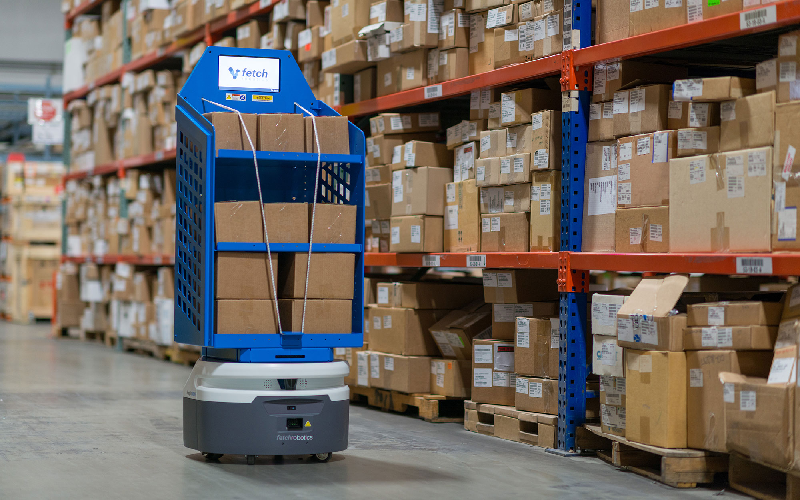
7. Augmented Reality (AR) And Virtual Reality (VR)
E-commerce companies are adapting to AR and VR increasingly as this technology allows the customer to understand more about the product or services. This technology helps owners present their products to customers in a more immersive and engaging way. AR and VR provide Virtual try-on features, 3D product visualization, virtual showrooms, and training and education through virtual reality.
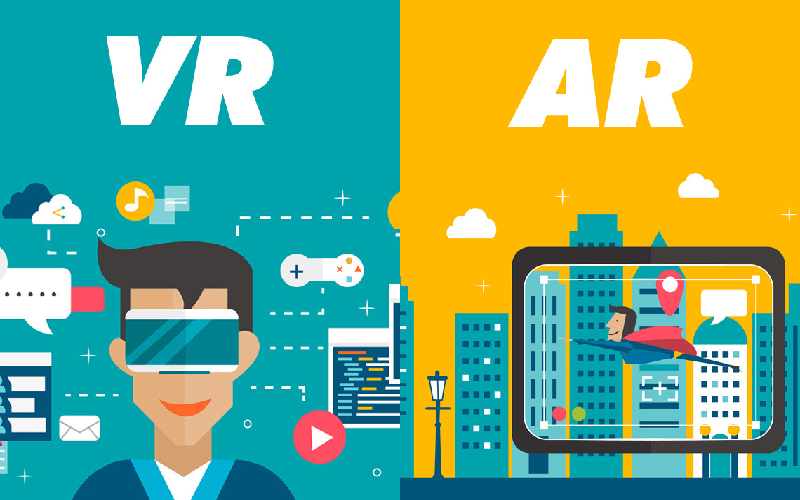
8. User Generated Content (UGC)
User-generated content is a simple technique in which a brand lets its users create content for other customers. Simple enough, right? It is a potent content marketing technique, especially in virtual shopping. So, users generate content like photos, videos, and reviews on the products and services they bought or use. This provides reliable social proof and helps build the customer’s trust in the product and company. This also boasts organic engagement in the e-commerce platform.
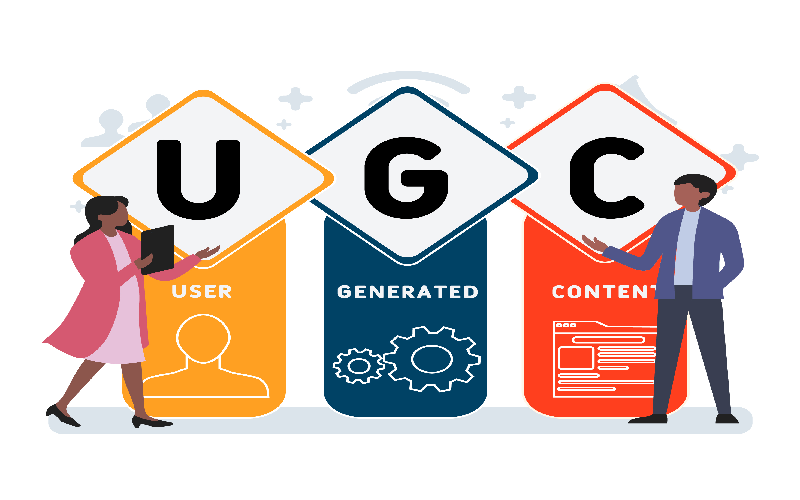
9. Blockchain For Secure Operations
Blockchain technology has brought several changes in supply chain management it helps brands create more secure and transparent processes for tracking products during production and delivery. Blockchain has revolutionized E-commerce by enabling safe and clean payments, loyalty programs, smart contracts, and a decentralized marketplace without the involvement of intermediaries. This reduces process fees and creates more transparency and trust in brands.

10. Visual Search Engines
According to Semrush, google image searches add up to more than 22% of all query searches. Adding a dedicated visual search engine to your E-commerce platform can play a significant role. If a customer is looking for some particular product and your store has it, but due to some reason, if they couldn’t find the product listing in your application, you lose a customer. So, in that case, visual search changes increase the chances of getting matches, leading to potential customers.
